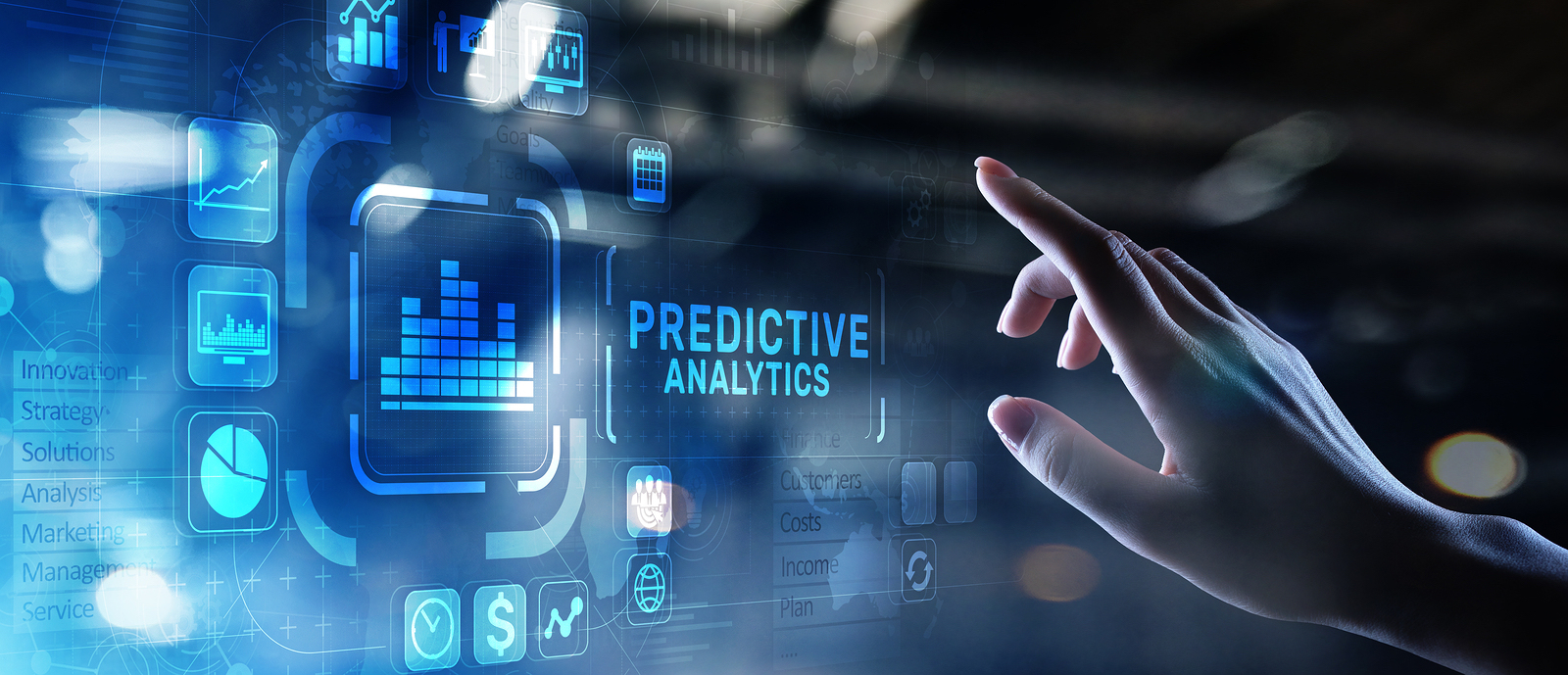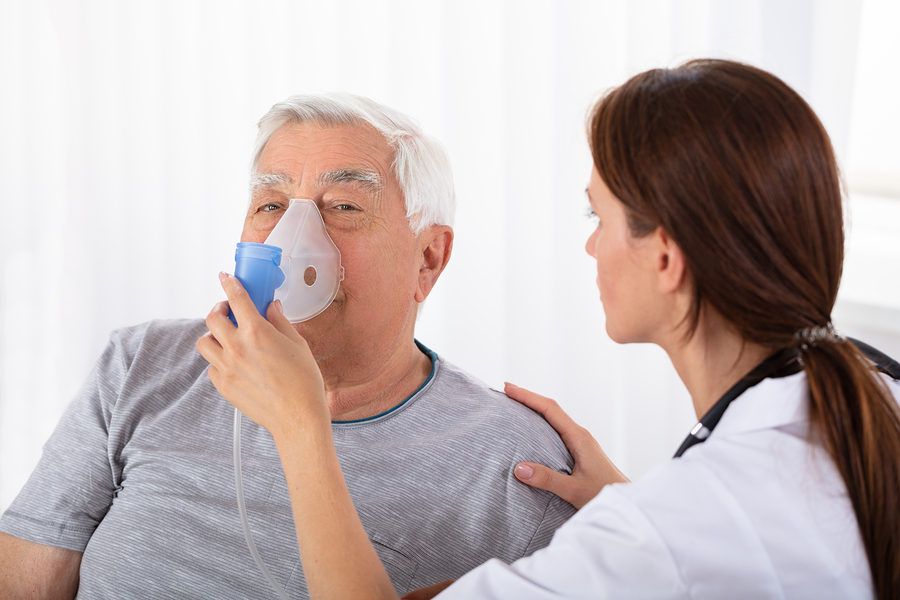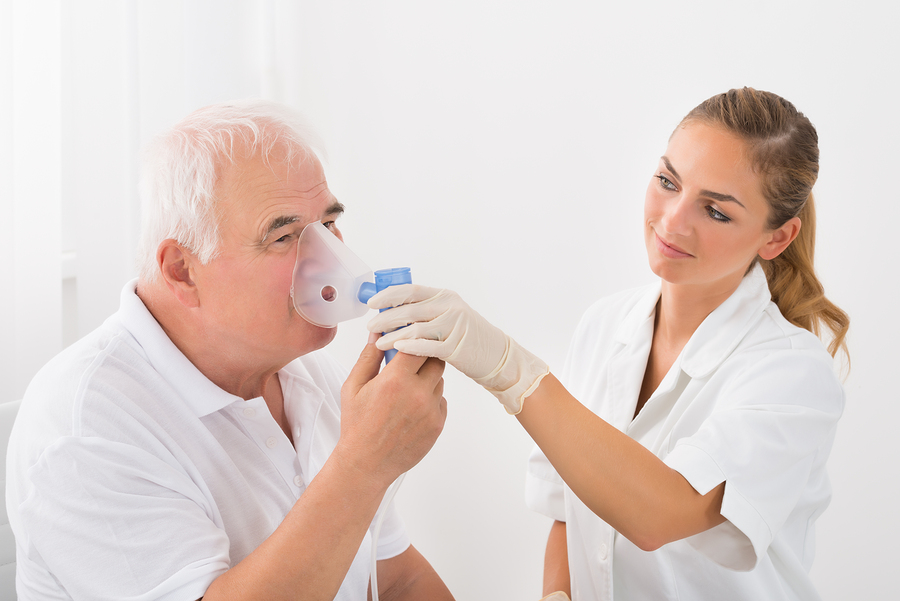The Power of Connected Telehealth During a Pandemic
The Power of Connected Telehealth During a Pandemic
During a pandemic, both the government and the healthcare system have three critical outcomes to achieve – provide the public with instant access to accurate information, mitigate the risk of future infections to reduce stress on healthcare infrastructure and resources, and for those who do become infected, manage symptoms and treat them remotely, as much as possible. As a pandemic continues, addressing a fourth issue – mental health challenges – becomes increasingly important.
Information. As the disease spreads, uncertainty and fear grows rapidly. People seek timely, accurate information. They want assurances. They want to feel they can control, as much as possible, their environment. Their family’s health becomes a priority, The internet, television and radio traditionally provide information. But the ability to speak real-time to a healthcare professional is greatly diminished.
Mitigation. The need to mitigate the spread – by reducing and avoiding contact with others – does not mesh with a traditional healthcare system. That system relies on in-office, clinic and hospital visits. This is especially true for those with serious or recurring health issues. Hence, the dilemma of providing quality care during a quickly spreading virus.
Monitor, Manage and Treat. During a pandemic, patients are more fearful of in-person visits because of the fear of infection. Without the ability to meet, communicate, and be checked visually, patients’ health can suffer. Chronic care patients are more apt to suffer a decline in their health. As a condition deteriorates, a person is more apt to rush to a hospital, stressing ICUs, ventilators, and hospital staff.
The Role of Telehealth During a Pandemic
Fortunately, smart technology has a lead role to play in overcoming a pandemic. Remote Patient Monitoring mobile applications, like m.Care, provide solutions for each of the critical components needed to successfully address a rapidly spreading virus.
Information. By automatically pulling real-time feeds from leading sources like the CDC, WHO, HHS, federal, state and local authorities, and even military medical and research corps, an individual can access all pandemic-related information available.
If they have a health-related question, they can now video chat, real-time and HIPAA-compliantly, with a member of their care team. Or they can leave a chat message that will be responded to quickly by a care team member.
Mitigation. With information, the individual can make better informed decisions about avoiding hot spots, whether they may have symptoms, or how to effectively quarantine, if they believe they may have been exposed.
Daily, self-managed questionnaires can help individuals and their connected healthcare provider assess risk. If there is any doubt, a medical professional is available to video chat, review vital measurements, which are communicated real-time, and provide guidance for next steps.
Through GPS-powered geofencing and contact tracing, the individual can better avoid dangerous areas through instant alerts to their smart device. They can be shown geofenced areas to avoid via borders on a digital map. Contact tracing enables them to be notified if an infected person was co-located with them in previous days by reviewing travel history.
Monitor, Manage and Treat. For those who have symptoms, it can be a frightening experience. Remote patient engagement provides the reassurance that a person’s care team is with them around the clock. If conditions worsen in the middle of the night, the recourse for a traditional model is to get in the car, travel to the emergency room and see a doctor. During a pandemic, the person and their driver, and those accompanying them, can be exposed to infection. If the individual is infected themself, they risk infecting others.
With video powered, at-home monitoring, the individual and their family can talk to their care provider, even in the middle of the night, and often resolve the issue without needing to complete a dangerous trip to the hospital. This avoids further stress on the hospital care environment, allowing them to to better care for their critically ill patients.
Availability and Outcomes
With estimates of over 85% of U.S. households owning a smartphone or tablet, full societal access to telehealth and true patient engagement is quickly approaching. The financial and resource cost to individuals, care providers, and the government is minimal, especially relative to the comparatively inefficient in-person model.
During a pandemic, the value in improved mitigation, diagnosis, and treatment outside of the hospital provides a sizable benefit to our collective ability to not over-stress our healthcare systems. This enables our healthcare system to continue to provide quality care throughout the pandemic, saving money, resources, and lives.
Other Recent Articles
m.Care Technology – Predictive Capability, Interoperability, Ease of Integration, and Security

PRESS RELEASE: m.Care Virtual Care Platform Launches COVID-19 Long-Haulers Patient Monitoring

COVID Long-Haulers – Do You Have a Care Solution For This Patient Population?
